Launched in Jordan and Middle East markets just last month, the seventh generation Honda City is an evolutionary take on the Japanese manufacturer’s smallest saloon. Acquiring a more assertive design direction reminiscent of the brand’s flagship Accord saloon, the new City however doesn’t stray from its predecessor’s core characteristics, and is still a very user-friendly and well thought out and executed daily driver. A well balanced, un-pretentiously honest package in terms of dynamics, performance, packaging and equipment, the City does so much so well without being over-ambitious.
Little larger than the car it replaces and riding on the same length wheelbase, the new City isn’t a car that has pushes beyond its traditional clientele’s needs, expectations or price points, but instead makes incremental improvements. Evolutionary even in overall design, the new City does however make a more overtly aggressive statement with its front styling, as is the contemporary fashion. A more upright design, the new City trades its predecessor’s almost wedge-like and snouty fascia for a higher, more leveled waistline and noticeably more bulbous bonnet.
A more aggressive design with a defining ‘katana blade’ crease extending from the front headlight to rear lights, the new City features a shark-nosed concave grille profile, with slim, squinting headlights recessed beneath a broad, seemingly full length and jutting chrome strip. Other sporting touches include a sharper lower lip and bigger intake-style bumper design elements, echoed at the rear by jutting built-in spoiler boot lid and faux vents. Raised and bulbous, the City’s clamshell bonnet however emphasizes the distance between the wheel-arch apex and bonnet line.
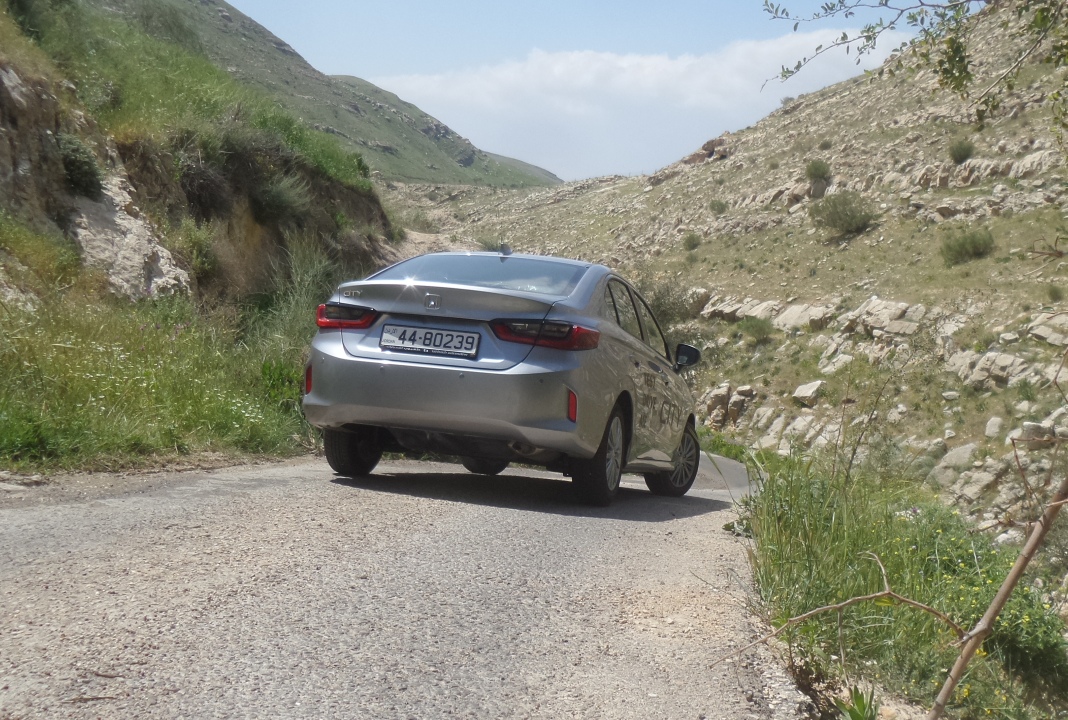 Powered by an upgraded and presumably better breathing DOHC version of its predecessor’s naturally-aspirated variable timing 16-valve 1.5-litre 4-cylinder engine, the new City’s performance figures are nearly identical, but with a single horsepower gain and 300rpm earlier torque peak. That said, the new City seems livelier, with more flexible lower and mid-range delivery. Given improved engine performance despite a marginal weight penalty, one estimates little changed 0-100km/h acceleration in 11.5-seconds or so, and 190km/h top speed. Fuel efficiency however is slightly improved, at a claimed and frugal 4.74l/100km.
Powered by an upgraded and presumably better breathing DOHC version of its predecessor’s naturally-aspirated variable timing 16-valve 1.5-litre 4-cylinder engine, the new City’s performance figures are nearly identical, but with a single horsepower gain and 300rpm earlier torque peak. That said, the new City seems livelier, with more flexible lower and mid-range delivery. Given improved engine performance despite a marginal weight penalty, one estimates little changed 0-100km/h acceleration in 11.5-seconds or so, and 190km/h top speed. Fuel efficiency however is slightly improved, at a claimed and frugal 4.74l/100km.
Progressively linear and smoothly eager to be revved right to its red line, the City engine’s headline figures are quoted at 119BHP arriving at 6,600rpm and 107lb/ft torque at 4,300rpm. A rev-happy engine with responsive throttle control, it is nevertheless confidently willing from idling and through mid-range as well. Driving the front wheels, the City’s engine is mated to a smooth and efficient continuously variable transmission (CVT). Operating to keep the engine revving at its most efficient, the City’s CVT isn’t as rev restrictive as other units.
Willing to allow higher revs when necessary, the City’s CVT feature a ‘sport’ setting where it more readily lets the engine play to its high revving nature in lieu of simulated gears or pre-set ratios to choose from. It also features a more restrictive low revving push button engaged ‘economy’ mode. The sole option for the Middle East, the City’s CVT is well-executed and intuitive as such units go, but the 6-speed manual available to other markets would surely make for a more engagingly sportier driving experience.
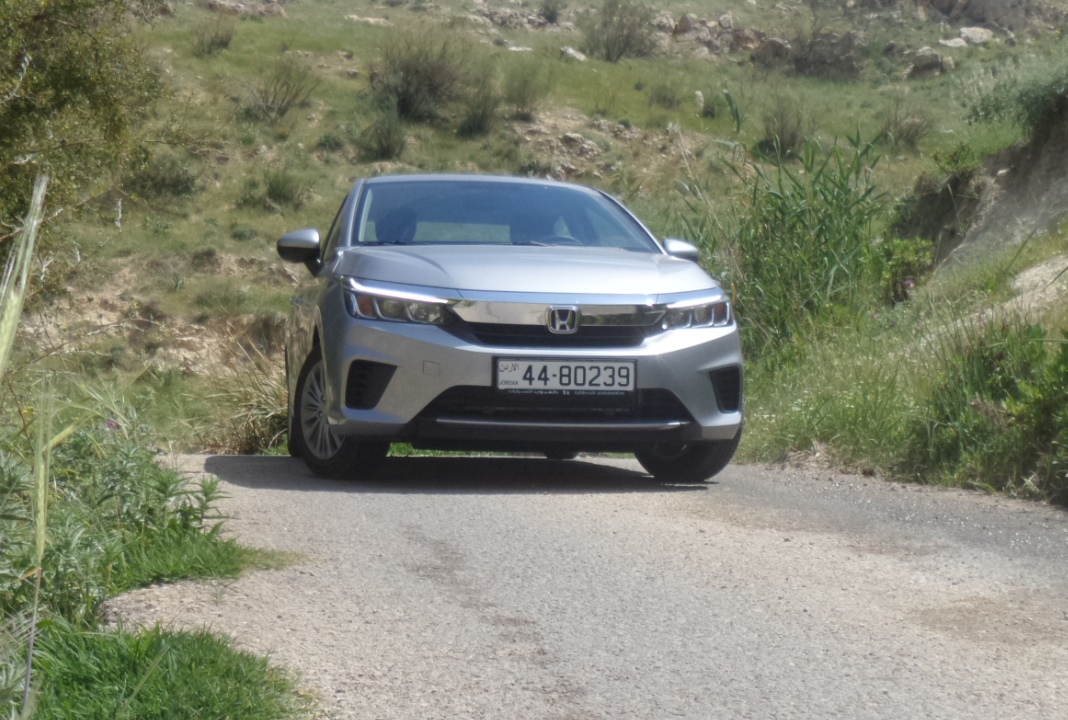 With high revving engine and weighing just 1,126kg in DX specification, as driven, the Honda City is something that is becoming less common, in that it is a practical and uncomplicated yet fun to drive compact saloon. Stable and refined on motorways, and maneuverable in town, the City is nonetheless light on its feet and agile through twisting roads. Turning in responsively and eager to change direction with its light and quick steering, the City’s light weight is easily kept in control by MacPherson strut front and torsion beam rear suspension.
With high revving engine and weighing just 1,126kg in DX specification, as driven, the Honda City is something that is becoming less common, in that it is a practical and uncomplicated yet fun to drive compact saloon. Stable and refined on motorways, and maneuverable in town, the City is nonetheless light on its feet and agile through twisting roads. Turning in responsively and eager to change direction with its light and quick steering, the City’s light weight is easily kept in control by MacPherson strut front and torsion beam rear suspension.
Driving with more connectedness from its steering and chassis than many rivals, the City is willing and fluent through sprawling switchbacks, with good balance between grip and slip, to keep one engaged before electronic stability controls step in. Driven with engine simmering between peak torque and power to maintain momentum, the City covers ground at surprisingly brisk pace that is reassuring yet textured with feel for road, position and dynamic limits. Comfortably forgiving over all but the most jarring lumps and bumps, the City also has good, buttoned down vertical control.
Airy, neat and functionally well laid out inside, the City’s cabin has an upright and well-adjustable driving position and user-friendly controls within easy reach with a good mix of comfort, support and visibility, despite the taller bonnet line. With little overstated premium pretensions, the City does however incorporate some soft textures, good fabric upholstery, pleasant layouts, useful equipment and a nice ergonomic steering wheel. Space is accommodating for larger occupants in front and fair in the rear, while boot volume is generous and equipment levels reasonably good in DX trim.
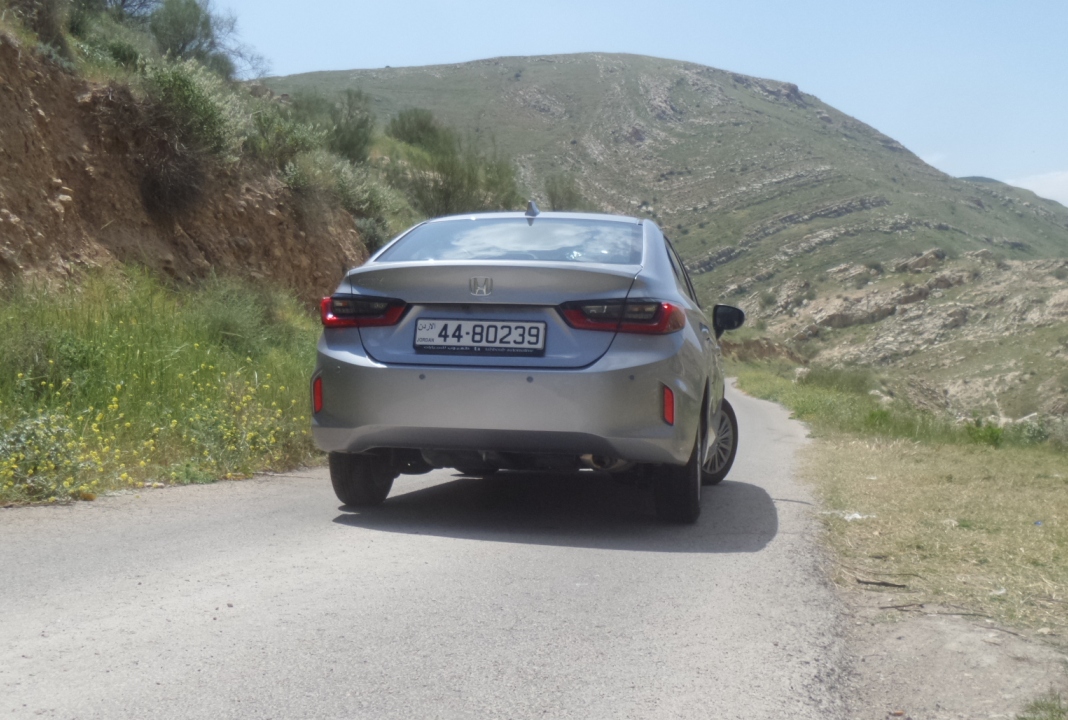 Specifications: Honda City 1.5 DX
Specifications: Honda City 1.5 DX
- Engine: 1.5-litre, transverse 4-cylinders
- Bore x stroke: 73 x 89.4mm
- Compression ratio: 10.6:1
- Valve-train: 16-valve, DOHC, variable valve timing
- Gearbox: Continually variable transmission (CVT), front-wheel-drive
- Power, BHP (PS) [kW]: 119 (121) [89] @6,600rpm
- Specific power: 79.4BHP/litre
- Power-to-weight: 105.7BHP/tonne
- Torque, lb/ft (Nm): 107 (145) @4,300rpm
- Specific torque: 96.8Nm/litre
- Torque-to-weight: 128.8Nm/tonne
- 0-100km/h: 11.5-seconds (estimate)
- Top speed: 190km/h (estimate)
- Fuel consumption: 4.74-litres/100km (estimate)
- Fuel capacity: 40-litres
- Length: 4,553mm
- Width: 1,748mm
- Height: 1,467mm
- Wheelbase: 2,600mm
- Ground clearance: 134mm
- Kerb weight: 1,126kg
- Steering: Electric-assisted rack & pinion
- Suspension, F/R: MacPherson struts / torsion beam
- Brakes, F/R: Ventilate discs / drums
- Tyres: 185/60R15
- Price: JD17,900 (on-the-road, third party insurance)
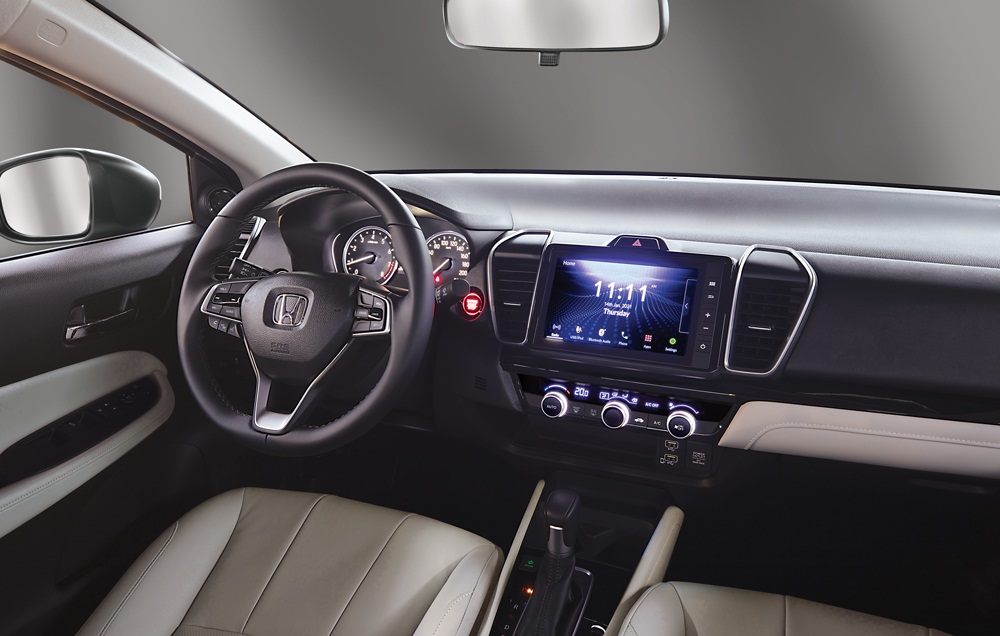
Rivals and alternatives
Nissan Sunny 1.6L
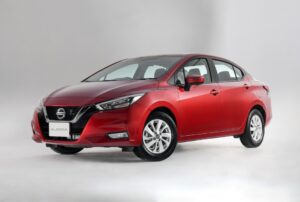
Also known as the Almera and Versa in other markets, the latest Nissan Sunny arrived in the Middle East in 2020. With assertively sharp and low-slung styling like its larger Maxima and Altima sisters, the new Sunny is a welcome replacement to an ungainly predecessor. And with an architectural relationship to the Micra and Kicks, we expect keenly sporty handling.
Specifications: Engine: 1.6-litre, 16-valve DOHC, transverse 4-cylinders; Gearbox: Continually variable transmission (CVT), front-wheel-drive; Power, BHP (PS) [kW]: 118 (120) [88] @6,000rpm; Torque, lb/ft (Nm): 110 (149) @4,400rpm; 0-100km/h: 11-seconds (estimate); Top speed: 180km/h (estimate); Length: 4,496mm; Width: 1,740mm; Height: 1,460mm; Wheelbase: 2,618mm; Weight: 1,127kg (estimate); Suspension, F/R: MacPherson struts / torsion beam
Suzuki Ciaz 1.5L
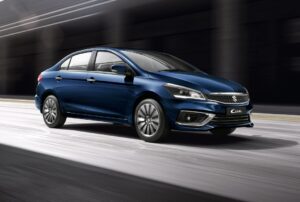
A small car by most car makers’ standards, the Ciaz is however one of small car specialist Suzuki’s larger and most ‘mature’ understated current offerings. Not an overtly sporty car, the Ciaz does however benefit from an eager revving 103BHP engine and keen, quick steering and cornering turn-in, as well as a comfortable, refined ride quality.
Specifications: Engine: 1.5-litre, 16-valve DOHC, transverse 4-cylinders; Gearbox: 4-speed automatic, front-wheel-drive; Power, BHP (PS) [kW]: 103 (105) [77] @6,000rpm; Torque, lb/ft (Nm): 102 (138) @4,400rpm; 0-100km/h: 11.5-seconds (estimate); Top speed: 175km/h (estimate); Length: 4,490mm; Width: 1,730mm; Height: 1,475mm; Wheelbase: 2,650mm; Luggage volume: 510-litres; Weight: 1,027kg; Suspension, F/R: MacPherson struts / torsion beam
Peugeot 301 1.6L
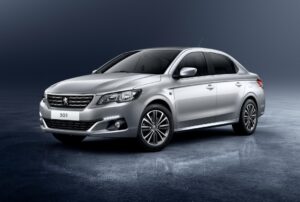
Introduced in 2012 and still going strong, the Peugeot 301 is the French manufacturer’s modern take on the world car. With an eye on developing markets, the 301 is comfortable yet uncomplicated, affordable yet elegant and spacious yet compact. Well-packaged inside, the refined 301 also benefits from good ground clearance to dispatch imperfect roads.
Specifications: Engine: 1.6-litre, 16-valve DOHC, transverse 4-cylinders; Gearbox: 6-speed automatic, front-wheel-drive; Power, BHP (PS) [kW]: 114 (115) [85] @6,050rpm; Torque, lb/ft (Nm): 111 (150) @4,000rpm; 0-100km/h: 10.8-seconds; Top speed: 188km/h; Length: 4,445mm; Width: 1,748mm; Height: 1,466mm; Wheelbase: 2,652mm; Luggage volume: 506-litres; Weight: 1,110kg; Suspension, F/R: MacPherson struts / torsion beam


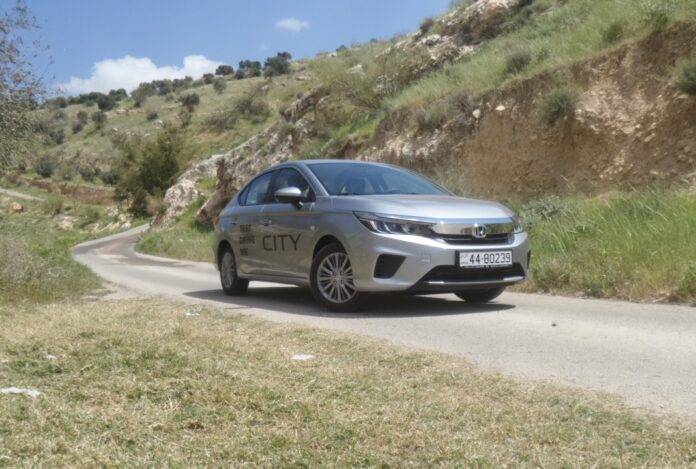

























Recent Comments